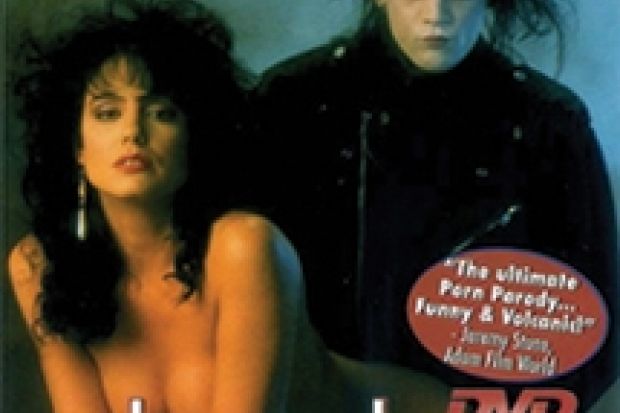"Adaptation", when it was studied at all, used to mean film and television versions of classic fiction - usually on the premise that the book was much better.
But today, academics are exploring some very different forms of the genre: pornographic adaptations such as Lord of the Cockrings (2002) and The Lord of the G-Strings: The Femaleship of the Ring (2003).
Erotic adaptations were placed under the microscope at a conference at De Montfort University this week, hosted by the university's Centre for Adaptations and the research network Onscenity.
Funded by the Arts and Humanities Research Council, Onscenity is devoted to the issues raised by "the new accessibility of pornography, the normalisation of sexually explicit representation in mainstream cultural forms, the role of the internet in disseminating 'extreme' images, and the use of communication technologies, often by young people, for sexual purposes".
No one could accuse the participants of shying away from the extreme end of the spectrum of sex and violence, with papers examining films such as The Texas Vibrator Massacre (2007).
Xavier Mendik, lecturer in film and television studies at Brunel University, has researched the career of Joe D'Amato (1936-99), "one of Italy's most controversial bad boys of cult cinema". His films rely on an "unflinching fusion of sex and gore" influenced by "the ideas...of the Marquis de Sade" and sometimes feature him as a character.
Notable examples include scenes of "voodoo priestesses castrating their lovers at the point of orgasm" and "repressed taxidermists seducing young women in the same bed as their dead brides".
Anthony McKenna, research associate on the Michael Klinger Research Project at the University of the West of England, looked at the Confessions series of sex comedies, "still often used by film scholars and historians to represent the low watermark of British cinema in the difficult 1970s", and the doomed attempt to resurrect the franchise in a more feminist and Aids-aware world.
Johnny Walker, a PhD student in cinema and television history at De Montfort, drew on the pornographic British versions of Dracula to dispute the common claim that "Britain has never had a home-based hardcore porn industry".
Since the millennium, he argued, this once non-existent industry "has been seen to be both 'harder' - in terms of explicit sexual material contained in the films - and more tenacious - in terms of production - than ever, valued in 2006 at the sum of £1 billion". Yet this lost (or lust) continent of our national cinema had yet to be given the attention it deserved, he argued.
Modern retellings of Homer's Odyssey, including sexually explicit depictions of Odysseus, were examined, as were texts in which Sherlock Holmes and John Watson are depicted as lovers. The latter's impact on Guy Ritchie's Sherlock Holmes (2009) was also considered.
Another scholar asked whether the story of Little Red Riding Hood, "long accepted as a parable of rape", could be reinvented in versions "where the heroine is often equal to the wolf in terms of desire".
